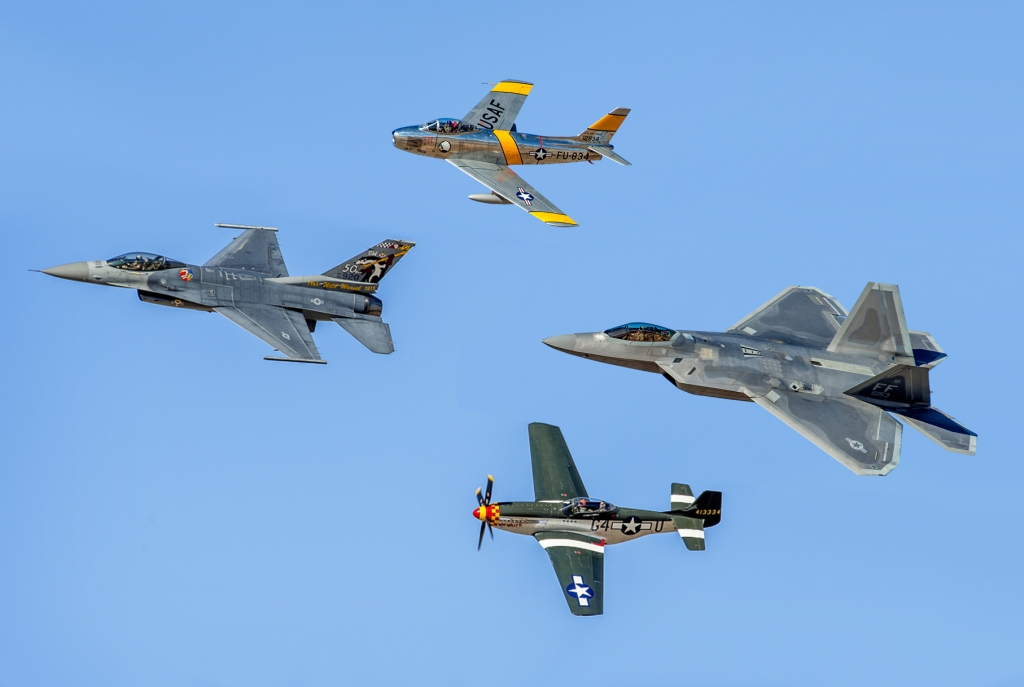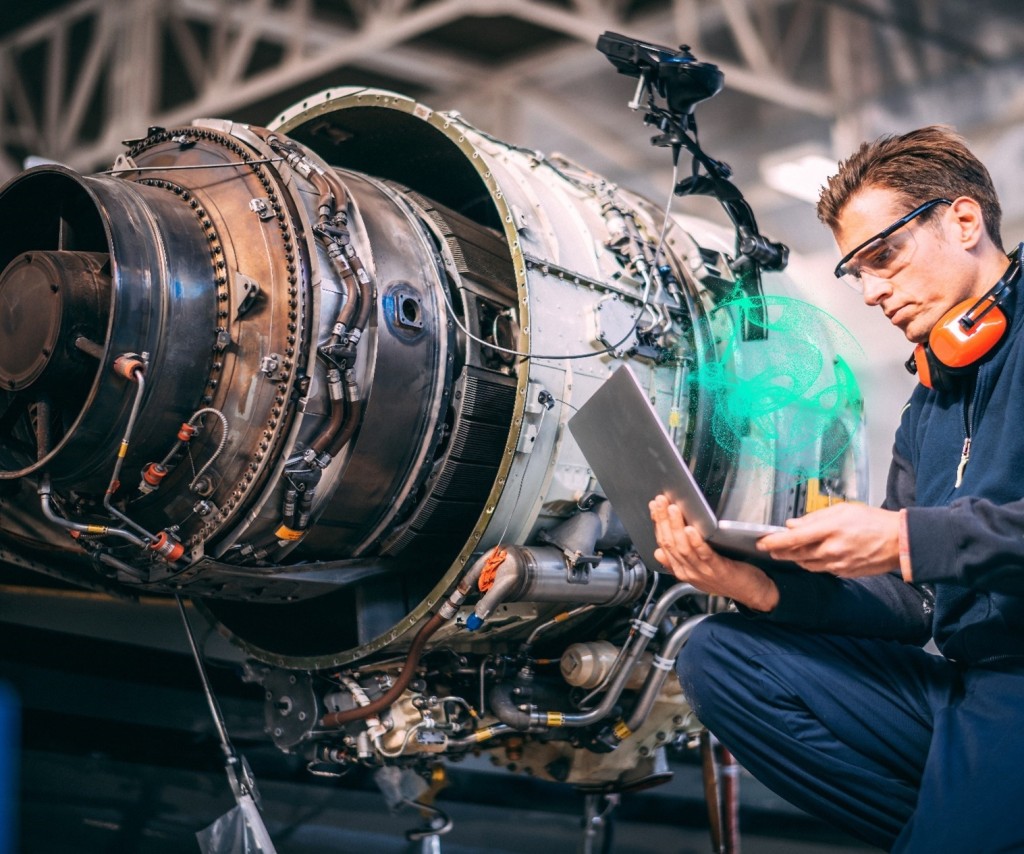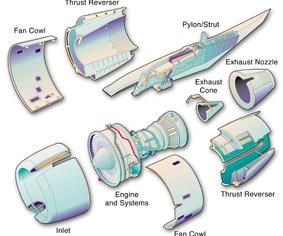Evolution of Military Aviation Market
Military aviation has come a long way since the Wright brothers’ first flight. It has evolved from fragile, canvas-covered biplanes to state-of-the-art fighter jets and strategic bombers. The continuous advancement in technology has been a driving force behind this evolution, making military aviation a complex and dynamic industry.
Major Aircraft Manufacturers Market

The military aviation market is dominated by a handful of major players. Companies like Boeing, Lockheed Martin, and Airbus are at the forefront of manufacturing military aircraft. These companies have a global presence and collaborate with various governments to meet their defense needs.
Suppliers of Aircraft Components Market
The aircraft component ecosystem is equally crucial. It comprises numerous suppliers specializing in manufacturing components such as engines, avionics, and armaments. These suppliers play a pivotal role in ensuring the reliability and efficiency of military aircraft.
Market Trends and Challenges Market
One of the notable trends in military aviation is the emphasis on stealth and unmanned aircraft. Stealth technology makes aircraft less detectable to radar, while unmanned drones are used for surveillance and combat. Additionally, there is a growing focus on aircraft sustainability, which involves reducing emissions and adopting eco-friendly practices.
Military aviation Market Challenges Faced by the Industry

The military aviation market challenges faces several challenges, including budget constraints, geopolitical tensions, and evolving security threats. These challenges demand innovation and adaptability to stay ahead in the game.
The Military aviation Market Role of Technology
Technological advancements have a profound impact on the military aviation market. From advanced materials to cutting-edge avionics, technology has improved the performance and capabilities of military aircraft. The use of artificial intelligence and data analytics has also enhanced maintenance and operational efficiency.
Global Military aviation Market
The military aviation market varies from region to region. For instance, the United States has one of the most significant defense budgets globally, driving a substantial portion of the market. Europe and Asia-Pacific also have thriving markets, each with its unique dynamics.
Military aviation Market Size and Growth Projections
The global military aviation market is substantial and continues to grow. Market research indicates that the demand for military aircraft and components is expected to increase steadily in the coming years. This growth is primarily driven by increasing security concerns and the need for modernization.
Environmental Market Concerns
Sustainability is a growing concern in the military aviation industry. Aircraft are significant contributors to carbon emissions, and governments are implementing stricter regulations. This has led to the development of more fuel-efficient engines and sustainable manufacturing processes.
Defense Market Budgets and Spending
Government investments play a pivotal role in shaping the military aviation market. Defense budgets and spending influence the development and procurement of military aircraft and components. Fluctuations in these budgets can impact the stability of the market.
Future Prospects Market
As we look to the future, the military aviation market holds great promise. Emerging technologies like hypersonic flight and space-based capabilities are on the horizon. These innovations could revolutionize military aviation and create new opportunities for both manufacturers and suppliers.
Conclusion
The dynamics of the military aviation market and the aircraft component ecosystem are intricate and ever-evolving. Technology, regional factors, environmental concerns, and government budgets all play a significant role in shaping this industry. As we move forward, the quest for excellence and innovation in military aviation continues to be a driving force.
